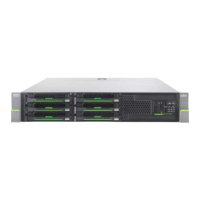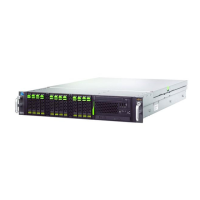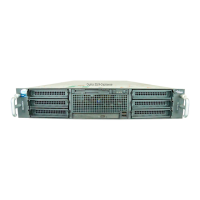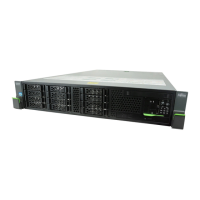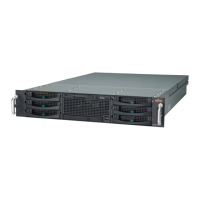Link Layer Discovery Protocol
Link Layer Discovery Protocol (LLDP) is an industry standard protocol that allows network devices to adverse
their idenes to their neighbor devices. A network controller can query the informaon gathered through LLDP
to create the network topology. The ability to query each device allows standard network management to build
the network and enables mulvendor interoperability.
The L100 Blades use LLDP on their OSC ports to discover their neighbors and their IDs. LLDP discovers
informaon for each OSC, for example, remote node system name, remote node management IP address,
remote OSC port ID, and remote chassis ID.
When an OSC port and its corresponding Ethernet facility are provisioned, LLDP is automacally provisioned on
the OSC port. No manual provisioning is required for LLDP. Aer LLDP is provisioned, a periodic message is sent
to neighboring devices.
If any informaon changes on the local device, for example, the system IP address, LLDP noes the neighboring
devices. When the neighboring devices receive the change informaon, they nofy the network controller.
Internal Rapid Spanning Tree Protocol
Rapid Spanning Tree Protocol (RSTP) has been added to allow the addion of alternate paths for DCN signaling
without the issue of looping. RSTP provides a mechanism to rapidly respond to any changes in the network, for
example, failed spans, addion of components, and removal of components. RSTP typically responds to any of
these events in less than 1 second.
For earlier releases, no alternate path was provided for DCN signals between the blades in the L100 Lambda
Series VNE. All blades were simply daisy-chained using the LCN3 and LCN4 ports on each blade.
Flexible Grid
Flexible grid capability allows exible spectrum allocaon and improves spectrum usage for the CD ROADM
network. Flexible grid supports moving from a xed, 50 GHz channel spaced system to a exible channel spaced
system. This ner-grained frequency grid supports mixed channel sizes in increments of 12.5 GHz spectral slices
with a minimum slot width of 37.5 GHz and maximum slot width of 500 GHz. Any combinaons of frequency
slots are allowed, as long as no two frequency slots overlap.
Flexible grid applicaon using only a 37.5 GHz channel plan supports a maximum 128 channels with central
frequencies from 196.10625 to 191.34375 THz. The default slot width is 50 GHz. An Individual Licensed Feature
(ILF) is needed to enable the exible grid capability.
Note: The maximum slot-width of 500 GHz is supported, but the maximum tested slot-width is 100 GHz.
System Description and Engineering
ROADM Features
38
Release 19.1.1 · Issue 1.1, May 2021
Fujitsu and Fujitsu Customer Use Only
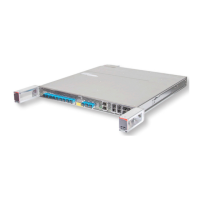
